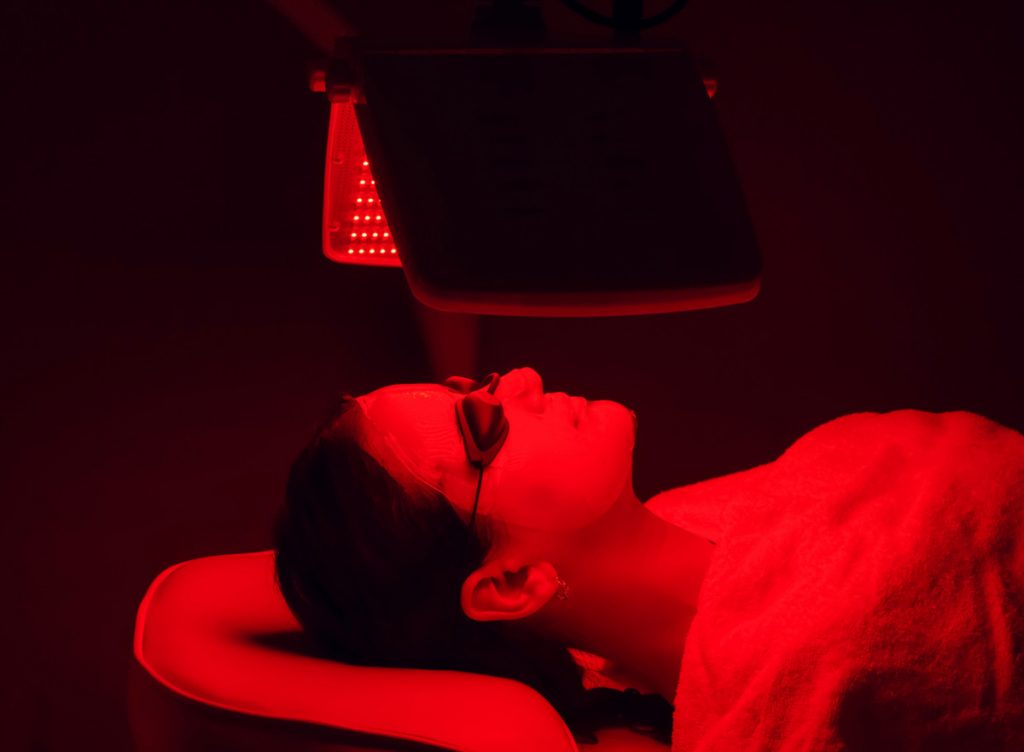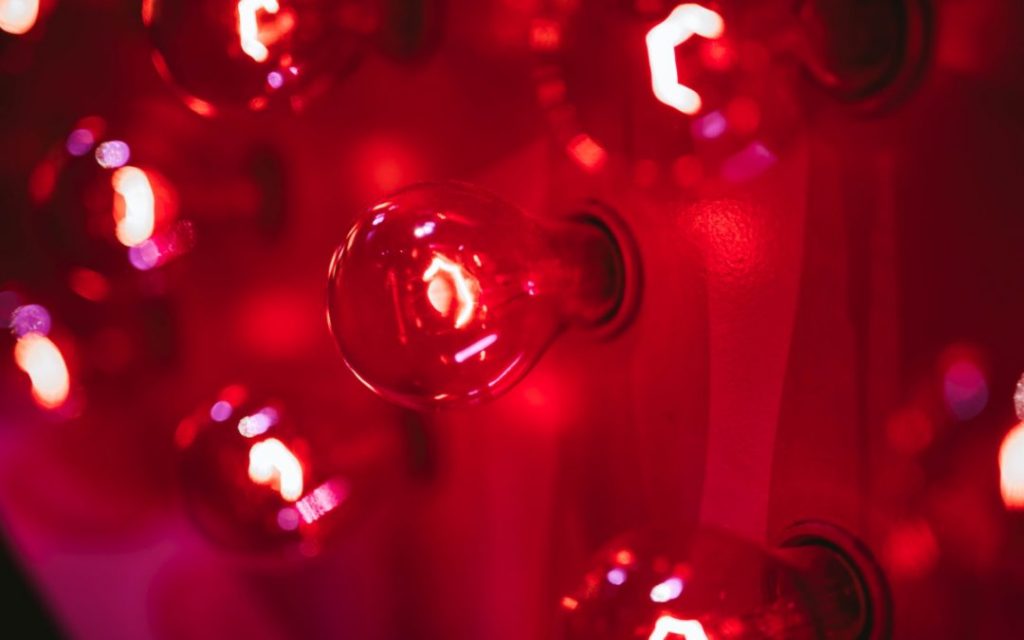Are you curious to find out whether using red light therapy can lead to some negative effects? Red light therapy (RLT) may treat skin problems, muscle fatigue, hair loss, and joint pain, but side effects might occur as with anything. With any treatment, it’s essential to consider whether there are any adverse effects or side effects, such as how the treatment might interact with other drugs or remedies or how sensitive your skin is.
What are the negative effects of red light therapy? Continue reading to find out!

Source: slumberandsmile.com
What Are the Negative Effects of Red Light Therapy?
Short-term side effects
LED light is visible light that can be filtered to only let through a particular color. Most of the time, there are no harmful effects when red light therapy is done with LED light. Usually, if there are side effects, they are minor and don’t last long. Some potential adverse effects are:
Light skin tightness and redness
Some people may have temporary irritation of the skin in the area where treatment is given. It might feel like getting a sunburn. But it’s important to remember that this effect has nothing to do with getting a sunburn.
The red and near-infrared light used in red light therapy does not harm the cells. On the contrary, red light therapy works on the cells’ mitochondria to help them efficiently produce more energy. Your body then uses this energy to do all of its different jobs better.
People sensitive to light tend to get this redness and tightness more often. Some medications can also make you more light-sensitive, which may cause redness and irritation. But side effects should go away after a few hours.
Eye strain and sensitivity
Even though red light therapy has been shown to improve eye health, it’s best only to treat the eyes for a few minutes. Your eyes are susceptible to light, and long-term exposure to red and NIR might hurt them.
Red LEDs are usually bright enough to keep people from staring directly at the source of the light. On the other hand, NIR can’t be seen with the naked eye, and experts don’t yet know what it will do to the eyes in the long run.
For example, retinal scanners use infrared light, which is safe, but most people are only exposed to it for a second or two instead of the 10 to 20 minutes that is typical for red light therapy.
But there is no danger if your device is not pointed directly at your eyes. Some even like to use RLT before bed. Others might find it annoying or just plain unpleasant. If you’d instead protect your eyes, you can buy a pair of welding goggles or glasses made to block infrared light.
Headache
This is usually caused by eye strain, and you can avoid it by wearing goggles, as explained above. It could also mean you’re not getting enough water.
Red light therapy won’t make you thirsty, but it could make your eyes more sensitive to light, giving you a headache or making it worse. Before and after each treatment, we suggest you drink a glass of water.

Source: filmscoringtips.com
Long-term side effects
The FDA has said that red light therapy is safe, and many people have had great results using it. There aren’t many known side effects, and the ones that happen are usually minor and only last a short time.
Most long-term side effects are caused by overheating tissues, which can happen when infrared light is misused. While LED light sources don’t give off much heat, infrared light sources give off a lot of heat.
Some tissues, like the eyes, are susceptible to changes in temperature. Overheating the lens and cornea could make conditions like cataracts more likely, but this is not likely to happen if you use LED as the light source for your red light therapy.
Is Therapy With Red Light Efficient?
Devices that use red light therapy have been used to treat or help treat a wide range of conditions, from high blood pressure to aging skin.
Many people who have tried red light therapy have had great results and relief from their conditions’ symptoms.
Who Should Stay Away From Red Light Therapy?
Light therapy devices should also be used with care by pregnant women. No studies have been done to determine whether it is safe for them to use it. Consult your doctor first, no matter the case.
In the end, if you have a medical condition, a history of photosensitivity reactions, or are taking medications that cause photosensitivity, it is best to talk to your doctor about whether or not you should try light therapy.
Read more: Red Light Therapy Dangers: Myths And Truth
Conclusion
Since you now know what are the negative effects of red light therapy, we can sum up everything from above.
There is no risk of serious complications when using red light therapy. Nevertheless, even seemingly insignificant slip-ups or omissions may compromise the results of your treatment. It is essential to be aware of them and make the appropriate adjustments.
Additionally, there are instances when all it takes to maximize your body’s innate capacity for healing is to pay attention to what it’s telling you and adjust your sessions accordingly. When you use red light treatment, you are in charge of your gadget and well-being.

Hello! I’m Nicky Rodgers.
Almost a decade ago, I got excited about the idea of employing alternative methods like red light therapy to create a healthier life.
To learn more about it, I did my Certified Light Therapist course from Photonic Therapy Institute and started looking into the intricacies of how light therapy influences several bodily processes. Before I knew it, my interest had become an obsession which resulted in this extensive blog.
Here, I offer countless well-researched articles to help you understand the benefits and uses of light therapy. I hope this information gives you a head start in your wellness journey.
